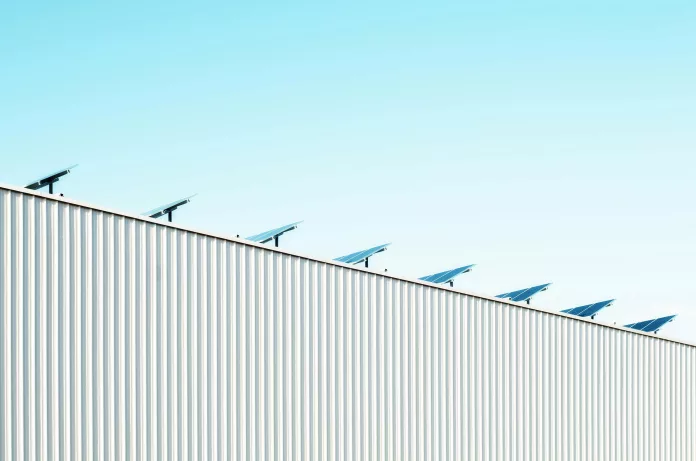In an endeavor to heighten energy efficiency and promote environmental stewardship, the U.S. Department of Energy (DOE) has introduced new regulatory measures poised to generate substantial fiscal and ecological benefits. These initiatives, reflecting a harmonious fusion of stakeholder insights and administrative vision, are instrumental in the Biden-Harris Administration’s drive towards revamping antiquated efficiency standards—an effort that promises to conserve around $1 trillion for consumers over an expanse of three decades.
Magnitude of Savings and Environmental Impact
A Dual Focus on Residential and Commercial Sectors
The DOE’s recent declarations encompass imperative updates to standards governing residential refrigerators and freezers along with proposed benchmarks for commercial fans and blowers. These measures are anticipated to cumulatively preserve close to $92 billion for Americans via reduced utility outlays, simultaneously mitigating almost 420 million metric tons of carbon dioxide emissions over the next three decades—the aggregate yearly output of a staggering 53 million households.
Elaborating on the potential impact of these efficiency standards, the DOE’s projections testify to a future of heightened sustainability and economic resilience. Collectively, these policies are expected to curtail greenhouse gas emissions by over 2.5 billion metric tons equating to the combined carbon footprint of 18 million gasoline-powered vehicles and numerous power plants.
Championing Affordability and Innovation
Secretary of Energy Jennifer M. Granholm underlines the Biden-Harris Administration’s unwavering commitment to reducing expenses for working families, fostering energy independence, and confronting the climate predicament. As the DOE aligns with the President’s Investing in America agenda, the collective aim is lower energy bills, averaging a $100 annual saving per household, enhancing consumer options, and nurturing more sustainable communities.
DOE’s steps, including 30 proposed or final energy efficiency standards proposed in 2023 alone, reflect not only the Administration’s dedication to ecological integrity but also to ensuring that Americans’ utility costs are sustainable.
Groundwork for the Future
Prominent industry groups and consumer advocacy coalitions are championing the call for updated appliance standards. These concerted efforts will pave the way for an even greater stride into 2024, with cost-saving standards being finalized based on inputs from numerous stakeholders.
Critical Updates to Appliance Standards
Revolutionizing the Refrigeration Landscape
The latest standards for residential refrigerators and freezers, which have remained static for over a decade, are now set for a transformation. Based on a broad consensus, these updates are projected to yield an 11% energy savings for new market products. This change translates to $36.4 billion in consumer savings coupled with a reduction of 101 million metric tons in carbon dioxide emissions over the next three decades.
Proposing New Standards for Commercial Fans and Blowers
Escalating the quest for energy conservation to the commercial sphere, the DOE has put forth a groundbreaking standard for commercial fans and blowers. This proposal, mirroring California’s precedential efficiency mandates, is slated to slash business energy expenses by $3.3 billion annually. The anticipated nationwide benefits include nearly $56 billion in utility savings and a cutback of almost 318 million metric tons in carbon dioxide emissions over 30 years.
Aiding Americans in Navigating Energy-Saving Opportunities
In its bid to reinforce cost-effective energy consumption, DOE has also launched the Energy Savings Hub, an intuitive digital portal designed to acquaint users with lucrative rebates and clean energy tax credits. The platform stands as a testament to the nation’s resolve to facilitate a transition towards more environmentally conscious and financially prudent consumer choices.
The DOE’s Building Technologies Office stands at the forefront of implementing energy conservation standards, with its gaze fixed on over 60 appliance and equipment categories, underscoring the Administration’s holistic approach in promoting sustainable practices that resonate with both the present and future American living standards.

























